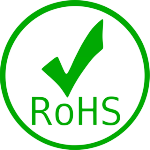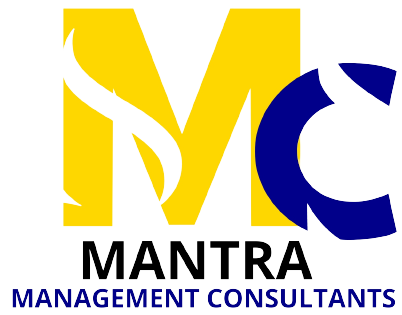
ROHS Certification Services
Product Details:
Hazardous Substances (RoHS) Directives meant for limiting several unsafe substances and regulations of Waste Electrical and Electronic Equipment (WEEE) for controlling wastage rate of electronic and electrical materials were introduced by the European Parliament in 2002. The directive of WEEE was implemented to manage the recycling, restoration and re usage of electronic and electrical waste. In short, it was aimed to check misuse of waste.
Commonly referred for waste materials sans any lead content, the full form of RoHS is Restriction of Hazardous Substances. The directives of RoHS 2002/95/EC aims to control application of six harmful substances present in electronic and electrical items. As per this directive all the raw materials used to produce electrical and electronic items sold in the EU market post July 1, 2006 should conform to RoHS specifications. The whole electronic industry is controlled by the RoHS directive.
Restriction of Hazardous Substances (RoHS)
The directive of Restriction of Hazardous Substances (RoHS) aims to control the usage of below mentioned substances:
- Cadmium
- Lead
- Polybrominated Biphenyls (PBB)
- Hexavalent ChromiumMercury
- Polybrominated Diphenyl Ethers (PBDE)
To get RoHS certification, the above mentioned substances should not be included during production of electrical and electronic products and if included, the level of these substances should not surpass the level as specified by this directive.
0.01% (100 ppm) for: Cadmium
0.1% (1,000 ppm) for: Mercury, Lead, PBB, Hexavalent, PBDE and Chromium.
As an alloy substance, the permissible level of lead for steel is maximum0.35% (3,500 ppm), for copper alloy its level is up to 4.0% (40,000 ppm) and for aluminum alloy, it can be used up to 0.40% (4,000 ppm) level.
Mantra Management consultants
Faridabad
